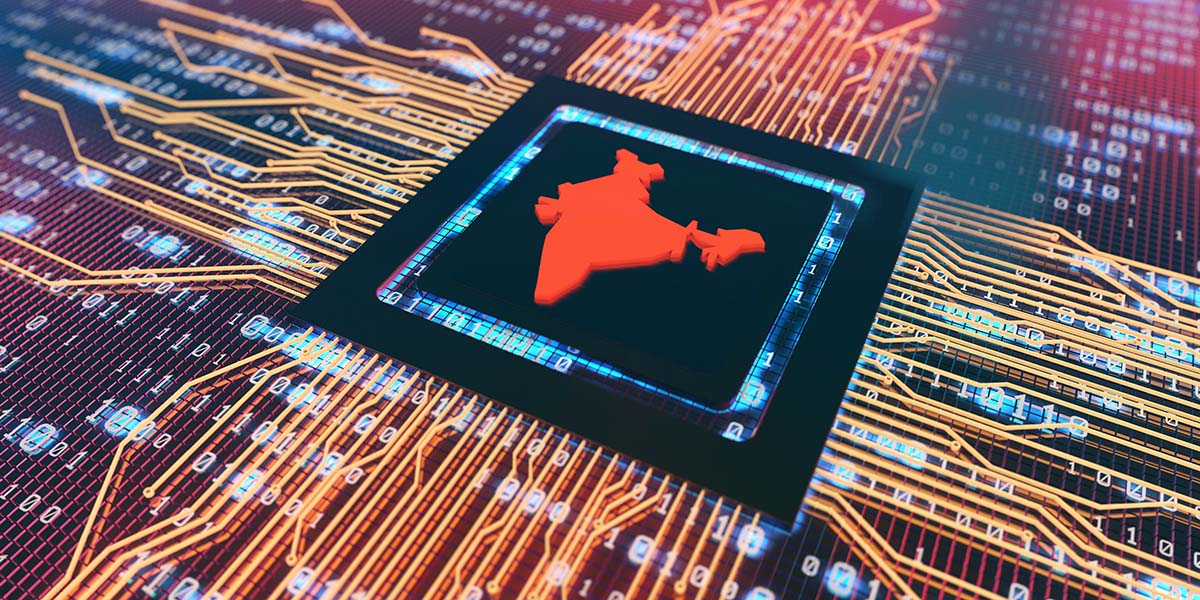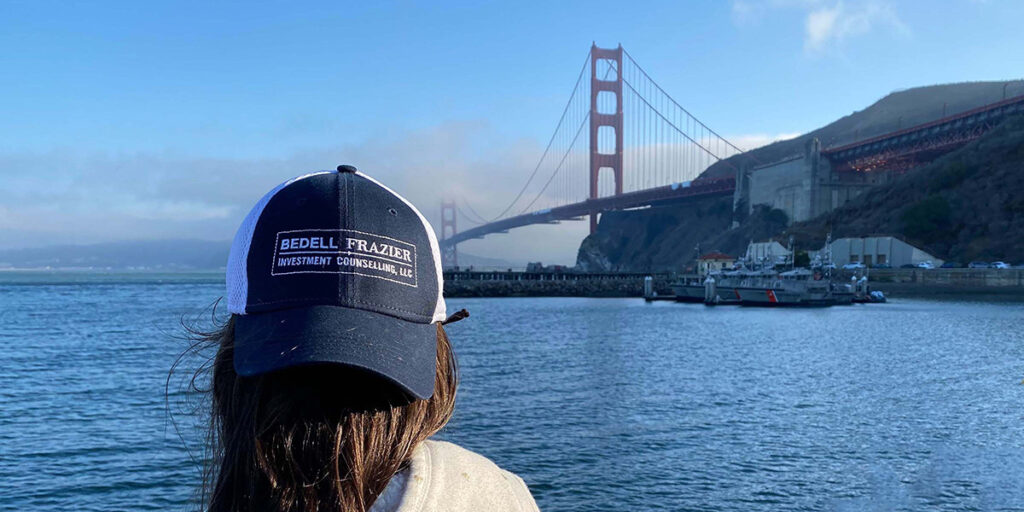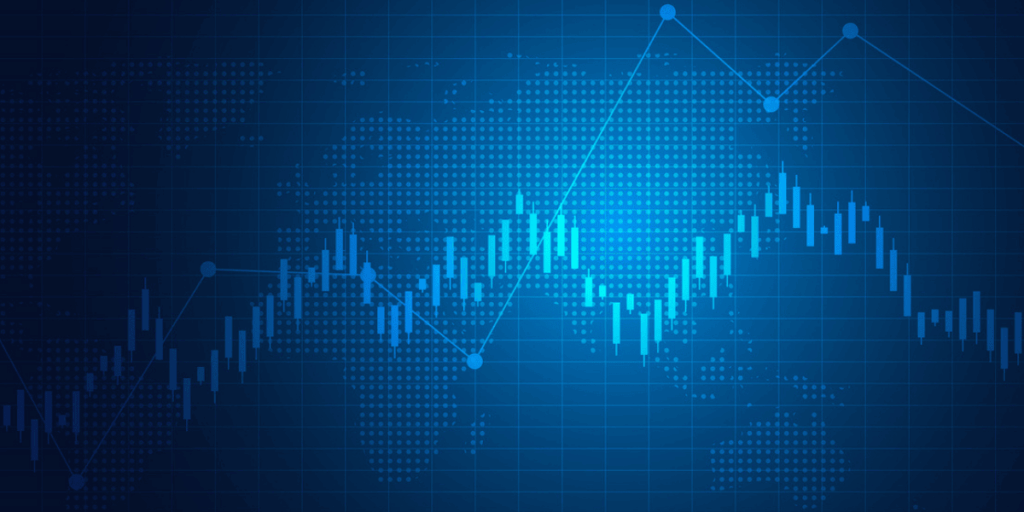For those of you who would prefer to listen:
Indian Prime Minister Narendra Modi was in Washington this week. The goal was to enhance the growing alliance with the United States as well as seek mutual investments as his country represents a strategic counterweight to China. Modi also met with top leaders from Silicon Valley. That included Apple’s Tim Cook, Microsoft’s Satya Nadella and Alphabet’s Sundar Pichai. The Prime Minister also met with Elon Musk earlier in the week in New York. Cooperation on Artificial Intelligence development and policies was a top focus of the visit.
This is a strategically significant time for both nations as geopolitics brew both hot and cold. East and West are increasingly at odds with one another. In many ways, India is caught in the middle. India and China have been rivaled emerging nations for a couple of decades and were the cornerstone of what the investment world labeled the BRIC (Brazil, Russia, China, India) nations at the dawn of the new millennium. China has clearly emerged as the rival superpower to the United States. Russia and Brazil have, in many ways, 20th-century economies tied to commodity exports, lacking the innovative and technological prowess that’s largely driven by tight-gripped governments. That has held their collective advancement back in this Digital Age. India is different. Prime Minister Modi believes the time is now ripe for India’s ascent.
India and China share a 2,000-mile border. They aren’t exactly friendly neighbors. The boundaries have been contested for decades. A good part of India’s strategy to deal with a belligerent Beijing has run through Washington. Both see China as a threat. But India’s strategy also runs through Moscow as well. India buys a lot of Russian Oil and has also relied on military equipment from Moscow dating back to the Soviet days. This has complicated the American relationship. India’s neutral stance over Russia’s war in Ukraine, increased Russian Oil imports, and defense systems created a bit of a strain. Modi has been clear, India doesn’t view geopolitics as a game in which you have to choose sides. The result: Washington and New Delhi agree to disagree and have left it at that.
The United States has avoided criticizing India’s Russian ties. Washington decided not to place sanctions for buying Russian Oil and defense equipment. Importantly, India has demonstrated an interest in diversifying its military resources and expanding Western relations. India is part of the “Quad,” which is an alliance between the United States, Japan, and Australia. This group of 4 has a shared mistrust of China’s intentions. Prime Minister Modi has said that India is monitoring Russia-China relations given the increased US-China tensions and the war in Ukraine. What’s also clear, India does not want relations with Russia to collapse either. India is an energy importer, having little domestic Oil and gas supplies. Its economy has benefitted mightily by purchasing Russian Oil at very steep discounted prices.

India just replaced China as the World’s most populous nation. With 1.4 Billion people, 1 in 6 citizens of Planet Earth, live in India. 1 in 3 live in India or China. Just think about that for a minute. Then look at the image where more people live in the circle than outside. It’s absolutely incredible. For perspective, 1 in 25 people live in the United States.
What’s more, India’s population is much younger than in China. The majority of Indian people are under the age of 30. Despite its size, India is still one of the poorest nations. Agriculture accounts for over half the jobs but less than 20% of economic output each year. Manufacturing, Technology and Financial Services are growing quite quickly as job creation meets job seeking. They are increasingly more significant contributors to India’s GDP (Gross Domestic Product).
The Indian government has invested enormously in education and infrastructure. India has been the recipient of supply chain shifts away from China, which has been strained by symptoms of both Covid and Cold War. With annual GDP of $3.5 Trillion, India is now the World’s 5th largest economy. It now outpaces the United Kingdom and France, trailing only the United States, China, Japan and Germany. Its economy is also growing the fastest of the bunch, estimating 6%+ growth in 2023. India is expected to surpass Japan and Germany before the decade ends, putting them at number 3.
India has been a target for human rights violations. Political opponents and human-rights advocates have accused Modi’s party, which has roots in Hindu nationalism, of encouraging religious polarization and anti-democratic policies. There are also issues of inequality for women. Violence, job discrimination and unequal pay are serious issues and cannot be ignored. Prime Minister Modi faced criticism and questioning on the subject this week. He defended his policies saying, “Democracy is in our DNA.”
In many ways, India is where China was 2 decades ago. The investment opportunity is even more compelling with a younger, educated demographic. The Indian economy is today 1/4 the size of China’s, but it’s growing faster. The United States has become its largest trading partner. Elon Musk shares the enthusiasm: “I’m actually incredibly excited about the future of India. I think India has more promise than any large country in the World.”
Musk said Tesla will be making major investments in India soon. US National Security Council spokesman John Kirby was quite specific in his praise for the growing Indian-American alliance. He said “there’s no more consequential” partner than India when it comes to issues like artificial intelligence, quantum computing, resilient supply chains, clean energy, semiconductors and climate change. This is all strategically important stuff.
At the White House, President Biden and Prime Minister Modi announced a series of agreements around supply chains, clean energy, military assistance and technology. That includes India joining the American-led space exploration initiative.
Apple is leading the charge with increased manufacturing facilities in India. Micron, the largest US memory chip manufacturer, announced it is building an $800 Million factory in India. Production is already ramping. US chip imports from India multiplied more than 38-times in the first quarter of this year. Apple tripled its iPhone production in India this year as it seeks to reduce its China dependence. It’s not just manufacturing that interests Corporate America. India remains a highly lucrative and barely tapped marketplace. Of course, Apple is intrigued by India’s 1.2 Billion telecom customers. Very few are iPhone users yet. Apple shipped just 6 Million of them last year. It’s estimated that less than 4% of smartphones in India are Apple.
In a post-Covid environment, American CEOs are becoming more comfortable with both work from home and work from India. Morgan Stanley produced a report stating in the coming decade, the number of people employed in India for jobs outside the United States is likely to at least double to over 11 Million. Global spending on outsourcing is expected to spike from currently $180 Billion per year today to an estimated $500 Billion by 2030. A population of 1.4+ Billion people with growing incomes would expand the consumption of all sorts of products and services. Things that we take for granted in our daily lives are novel to many around the World. Consumption is expanding. That’s an opportunity that investors covet.
Indian consumption could more than double from $2 Trillion in 2022 to $5 Trillion by the end of the decade, according to Morgan Stanley. The greatest gains would be found in non-grocery retail. That would include apparel, accessories, travel & leisure, as well as the basic household goods and services. To fuel this growth, India needs energy. Demand for fossil fuels continues to be strong. But India is embracing clean solutions with both hands. An estimated two-thirds of India’s new energy consumption will be supplied by renewables. This would reduce India’s reliance on imported energy, which is a big threat to Russia. It would also improve living conditions in a country that is currently home to 14 of the 20 most polluted cities in the World. India aspires to be cleaner, but is very mindful of the constant need for reliable and cost-effective energy sources.
Prime Minister Modi said ties today between New Delhi and Washington are stronger and deeper than ever. This, as India moves to secure what he sees as its rightful place on the World stage at a moment of geopolitical turmoil. India is emerging. Modi says that India is on the side of peace. That’s a good side to be on. The World needs more to move in that direction and commit to staying on that peaceful side.
Have a nice weekend. We’ll be back, dark and early on Monday.
Mike






